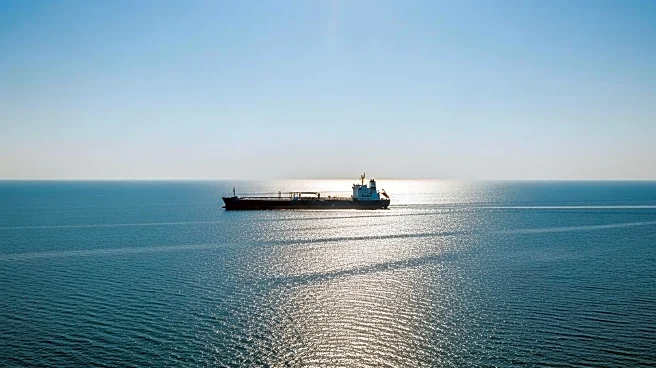Rapid Read • 6 min read
The New York Times has featured 'mangrove' as its Word of the Day, drawing attention to the ecological significance of these coastal plants. Mangroves are highlighted for their ability to thrive in saltwater environments, providing critical habitats for marine life and birds, improving water quality, and sequestering carbon. The article references their role in stabilizing shorelines and reducing storm damage, which is increasingly important as climate change exacerbates hurricane intensity. The feature encourages readers to engage with the word by using it in sentences, promoting both vocabulary development and environmental awareness.
AD
Mangroves play a crucial role in coastal ecosystems, offering natural protection against erosion and storm surges. As climate change continues to pose threats to coastal communities, the preservation and restoration of mangroves become vital for mitigating environmental impacts. The educational focus on mangroves by a major publication like The New York Times helps raise public awareness about their importance and the need for conservation efforts. This can lead to increased support for environmental policies and initiatives aimed at protecting these vital ecosystems.
The emphasis on mangroves also touches on broader themes of biodiversity conservation and climate resilience. By highlighting the ecological benefits of mangroves, the article indirectly supports the argument for sustainable development practices that prioritize natural solutions to environmental challenges. This aligns with global efforts to combat climate change through nature-based strategies, which can offer cost-effective and sustainable alternatives to traditional engineering solutions.
AD
More Stories You Might Enjoy










